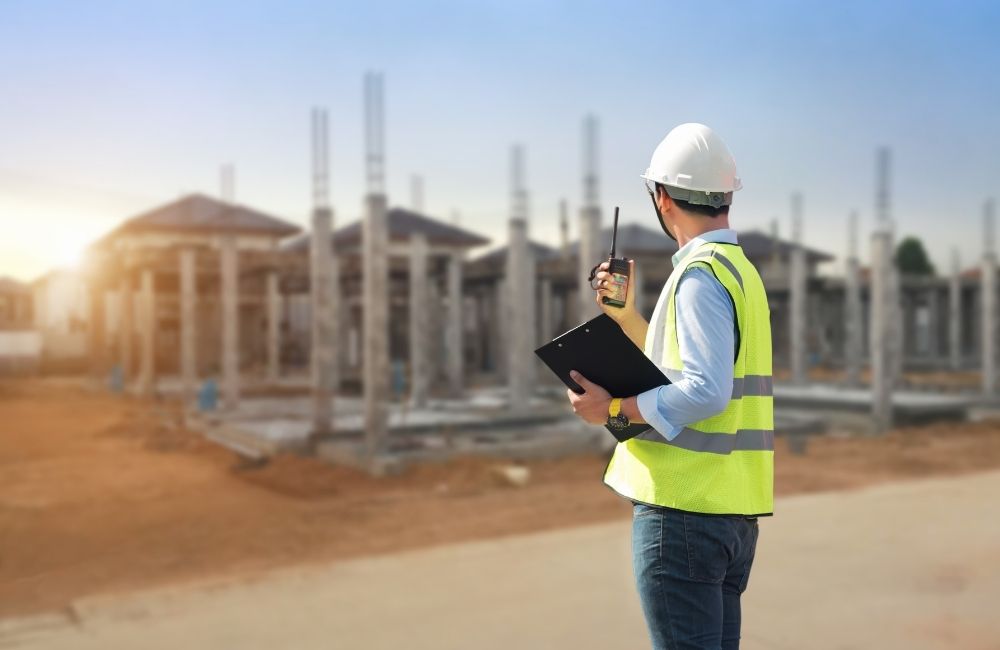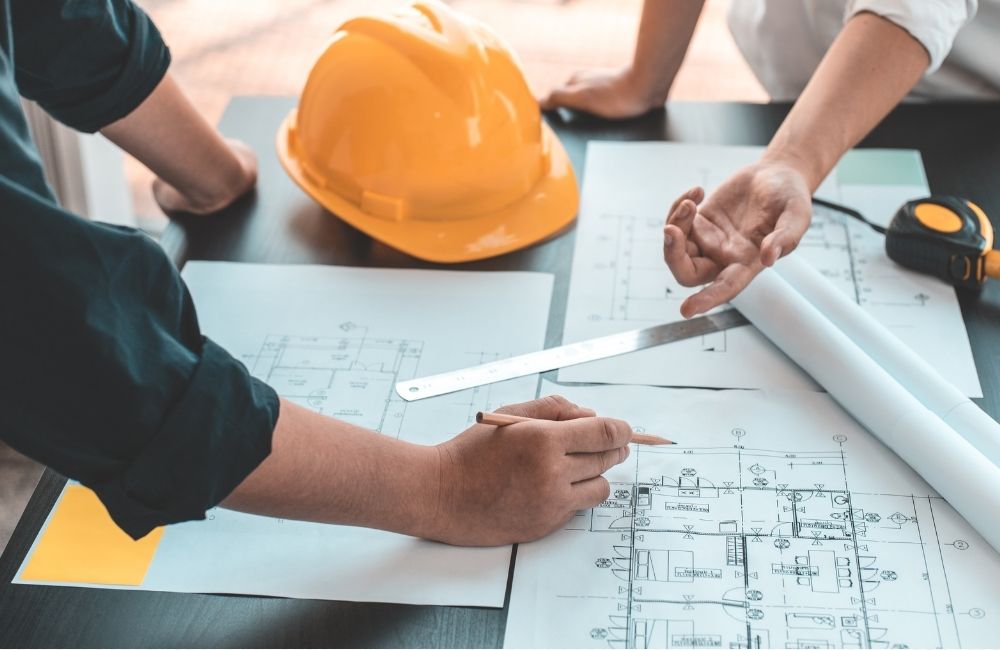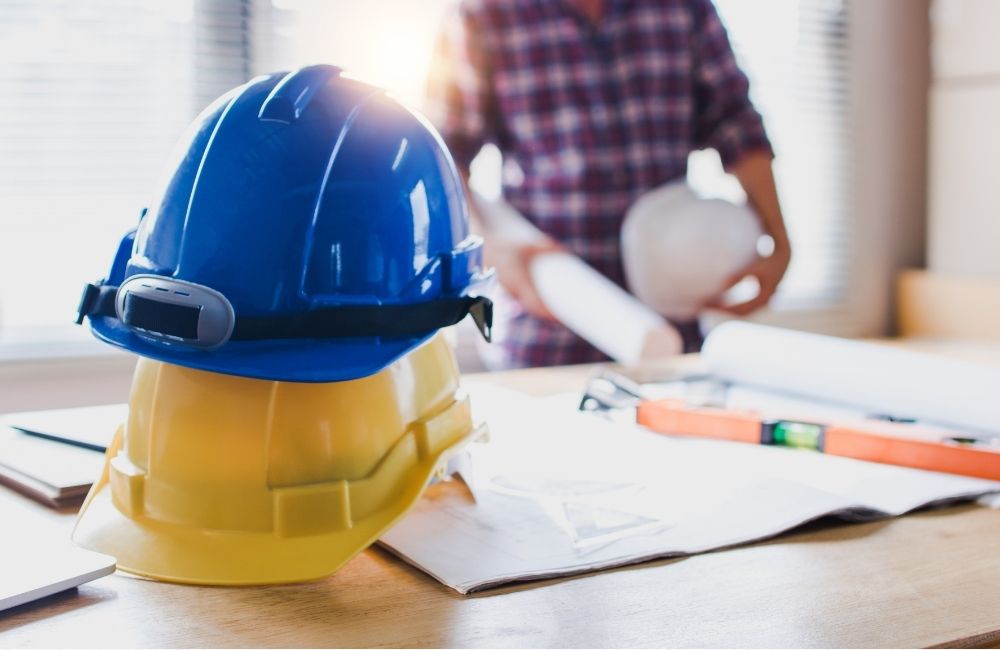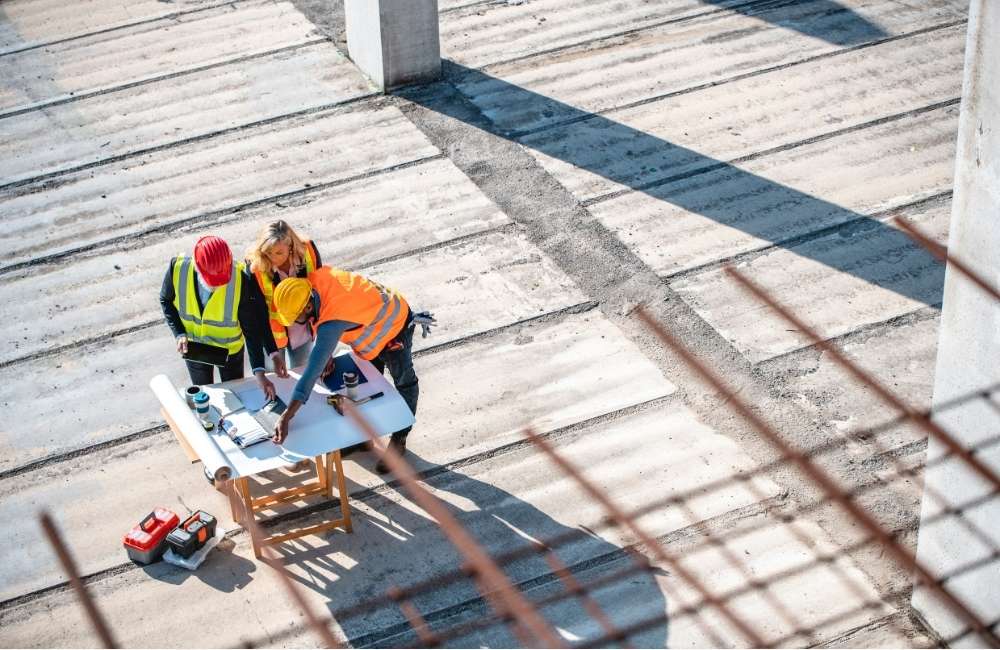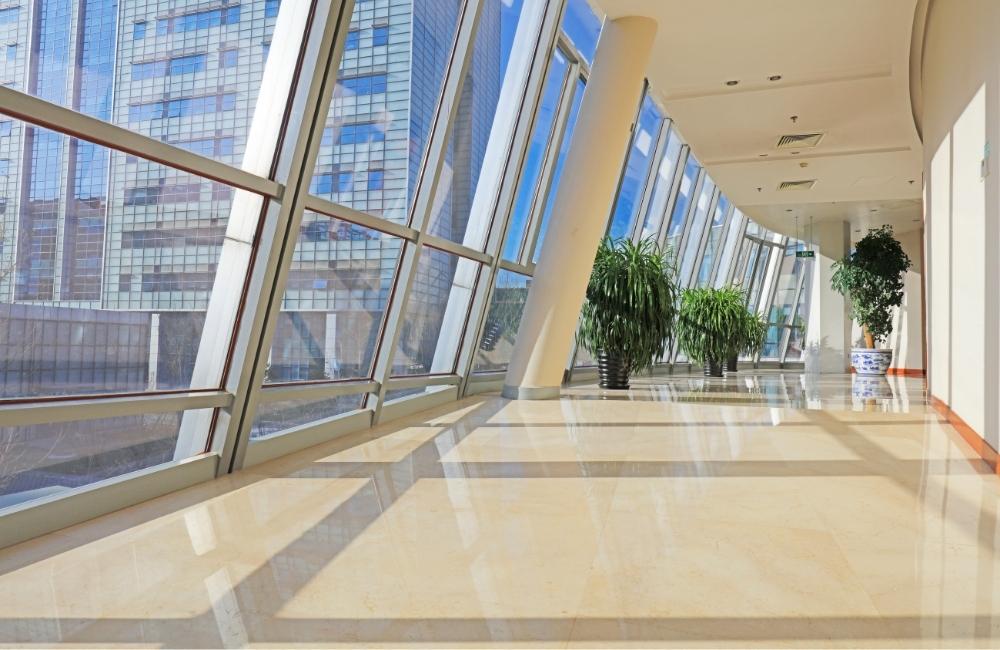Maintaining a commercial building is essential for ensuring safety, efficiency, and longevity. Regular upkeep involves systematic checks and proactive measures to prevent costly repairs and create a productive environment. Businesses can keep their facilities in top shape, ensuring smooth operation and compliance with regulations by following these strategies.
Here are the essentials, best practices, roles, and challenges of commercial building maintenance, including seasonal checklists and key responsibilities.
Table of Contents
Key Takeaways
Why Commercial Building Maintenance Matters
What are Preventive and Predictive Maintenance?
What is Seasonal Maintenance?
Year-Round Maintenance Checklist
Best Practices in Commercial Building Maintenance
Challenges in Commercial Building Maintenance
Elevate Your Project with Claris Design⸱Build
Key Takeaways✔ Regular inspections help identify potential issues early, preventing costly repairs and ensuring efficient resource allocation. ✔ Proactively addressing potential problems extends the lifespan of building systems and reduces emergency repair costs. ✔ Having a well-prepared emergency plan minimizes downtime and disruptions during unexpected events. ✔ Incorporating energy-efficient and eco-friendly practices into maintenance strategies reduces operational costs and meets regulatory requirements. ✔ Investing in staff training and staying updated with the latest maintenance technologies ensures high performance and occupant satisfaction. |
Why Commercial Building Maintenance Matters
The global commercial real estate market is anticipated to reach an impressive value of $118.80 trillion by 2024. This immense growth highlights the critical importance of maintaining commercial buildings. Effective maintenance ensures the safety and functionality of facilities, directly boosting productivity and enhancing the well-being of occupants.
Regular maintenance prevents costly repairs by addressing issues early and prolonging the building's lifespan. It also enhances the building's aesthetic appeal, which can influence client perceptions and employee satisfaction. Adhering to a maintenance schedule helps businesses comply with safety regulations as well.
What are Preventive and Predictive Maintenance?
Maintaining a commercial building effectively involves understanding the different types of maintenance strategies. Two key approaches are preventive and predictive maintenance, both essential for ensuring the longevity and efficiency of your building’s systems.
Preventive Maintenance
Preventive maintenance involves regularly scheduled inspections and servicing of equipment to prevent unexpected failures and extend the life of the building’s systems. This approach includes tasks such as:
- Routine Inspections: Regularly checking equipment and systems for wear and tear. These inspections help identify minor issues before they escalate into major problems, ensuring smooth and uninterrupted operations.
- Scheduled Servicing: Performing maintenance tasks at set intervals, such as cleaning filters or lubricating moving parts. This proactive approach ensures that all systems are functioning efficiently and reduces the risk of unexpected breakdowns.
- Replacements and Upgrades: Proactively replacing parts that show signs of aging or wear before they fail. This not only prevents costly downtime but also improves the overall performance and safety of the building's systems.
The goal of preventive maintenance is to catch and fix small issues before they become major problems, thus avoiding costly repairs and downtime.
Predictive Maintenance
Predictive maintenance takes a more advanced approach by using data and technology to predict when equipment is likely to fail, allowing for maintenance to be performed just in time to prevent an issue. This approach includes:
- Condition Monitoring: Using sensors and monitoring tools to collect data on the condition of equipment. This real-time data helps identify potential issues early, allowing for timely interventions before failures occur.
- Data Analysis: Analyzing the data to identify patterns and predict potential failures. By understanding the trends and anomalies in the data, maintenance teams can make informed decisions about when and where to perform maintenance.
- Targeted Interventions: Performing maintenance based on the equipment’s actual condition rather than on a set schedule. This ensures that resources are used efficiently, addressing issues only when necessary, which can reduce maintenance costs and improve the efficiency of building operations.
Predictive maintenance aims to optimize the maintenance schedule by addressing issues only when necessary, thus enhancing operational efficiency and reducing unnecessary expenditures.
What is Seasonal Maintenance? 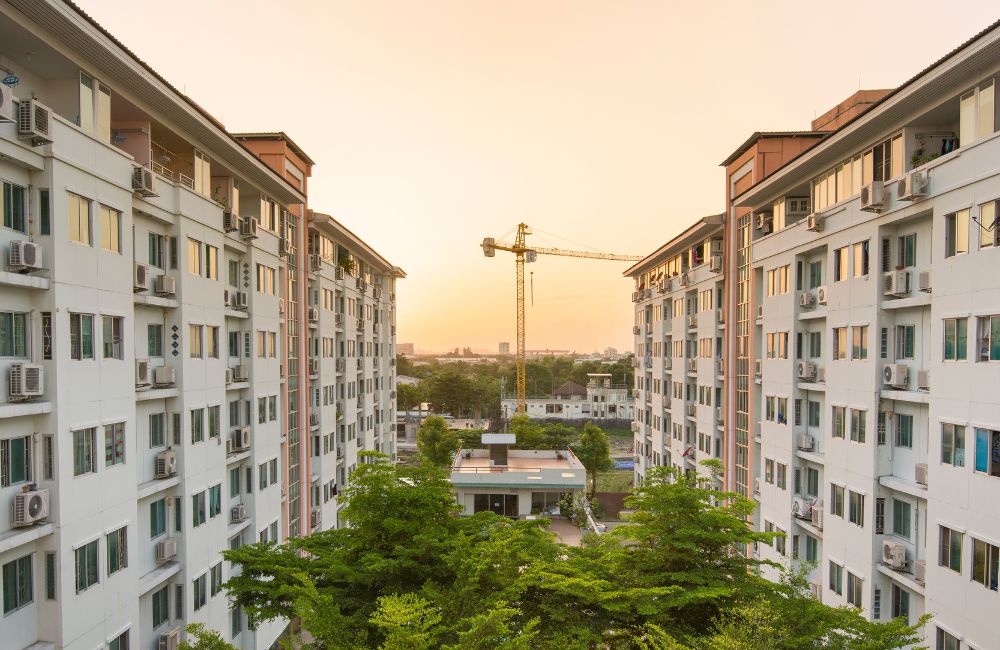
Seasonal maintenance involves performing specific tasks at different times of the year to ensure that a commercial building remains safe, efficient, and in good repair. Each season brings unique challenges and conditions that can impact the building’s systems and structures, requiring tailored maintenance activities.
Spring Maintenance Checklist
As the season transitions from winter to spring, commercial buildings require a thorough check to ensure everything is in top shape. Spring maintenance focuses on cleaning, inspecting, and preparing the building for the warmer months ahead.
Here's a detailed checklist to guide your spring maintenance efforts:
| TASK | ACTION |
| HVAC System Inspection and Servicing |
|
| Roof and Gutter Cleaning |
|
| Exterior Inspection |
|
| Landscaping |
|
| Safety Checks |
|
Spring maintenance should be conducted thoroughly at the beginning of the season and then periodically throughout the spring to address any emerging issues.
Summer Maintenance Checklist
As the temperature rises during the summer months, it's crucial to keep your commercial building cool, safe, and in optimal condition.
Here's a detailed checklist to guide your summer maintenance efforts:
| TASK | ACTION |
| Air Conditioning Systems |
|
| Pest Control |
|
| Plumbing Systems |
|
| Electrical Systems |
|
| Roof Inspection |
|
Regularly performing these tasks throughout the summer can prevent unexpected breakdowns and maintain a comfortable environment for all building occupants.
Fall Maintenance Checklist
As the weather cools down and prepares for winter, fall is the perfect time to ensure your commercial building is ready for the challenges ahead. These challenges include preparing heating systems, managing falling leaves and potential clogs, and weatherproofing to protect against cold temperatures.
Here’s a detailed checklist to guide your fall maintenance efforts:
| TASK | ACTION |
| Heating System Preparation |
|
| Roof and Gutter Maintenance |
|
| Weatherproofing |
|
| Outdoor Lighting |
|
| Safety Equipment Check |
|
Conducting these tasks throughout the fall ensures your building is well-prepared for winter, preventing potential issues and maintaining a safe environment.
Winter Maintenance Checklist
Winter brings unique challenges such as freezing temperatures, snow accumulation, and potential heating system failures that require thorough preparation to keep your commercial building safe and functional.
Here's a detailed checklist to guide your winter maintenance efforts:
| TASK | ACTION |
| Snow and Ice Removal |
|
| Heating System Maintenance |
|
| Pipe Insulation |
|
| Ventilation Systems |
|
| Emergency Preparedness |
|
You can prevent common cold-weather issues, maintain safety, and ensure your building operates smoothly through the season by adhering to this winter checklist.
Year-Round Maintenance Checklist
Maintaining a commercial building is a year-round responsibility that ensures safety, efficiency, and longevity. Unlike seasonal checklists that focus on specific tasks based on weather changes, the year-round maintenance checklist includes essential tasks that need regular attention to prevent major issues and keep the facility running smoothly.
Here’s a detailed checklist to guide your year-round maintenance efforts:
| TASK | ACTION |
| HVAC System Maintenance |
|
| Plumbing System Checks |
|
| Electrical System Inspections |
|
| Safety Equipment Maintenance |
|
| Exterior and Interior Cleaning |
|
| Roof and Gutter Upkeep |
|
| Pest Control |
|
| Landscaping |
|
| Security System Checks |
|
Best Practices in Commercial Building Maintenance

Implementing best practices in building maintenance ensures the longevity and safety of the structure, optimizes resources, and enhances occupant satisfaction.
Regular Inspections
Regularly check the building to spot existing or potential problems. This helps you plan maintenance activities better and allocate resources efficiently. Regular inspections prevent small issues from becoming big repairs.
Emergency Response Plan
Unexpected issues can still happen despite preventive measures. Having a stocked inventory and a trained emergency team helps handle crises efficiently. This minimizes downtime and disruption to operations.
Sustainable Maintenance
Use energy-efficient and eco-friendly practices in your maintenance strategy. This meets the needs of eco-conscious property owners and occupants. It also helps in cutting costs and complying with regulations.
Continuous Improvement
Collect feedback and invest in training for your maintenance teams. Stay updated with the latest trends and technologies to meet changing demands. This commitment to improvement keeps occupants satisfied and operations efficient.
Challenges in Commercial Building Maintenance 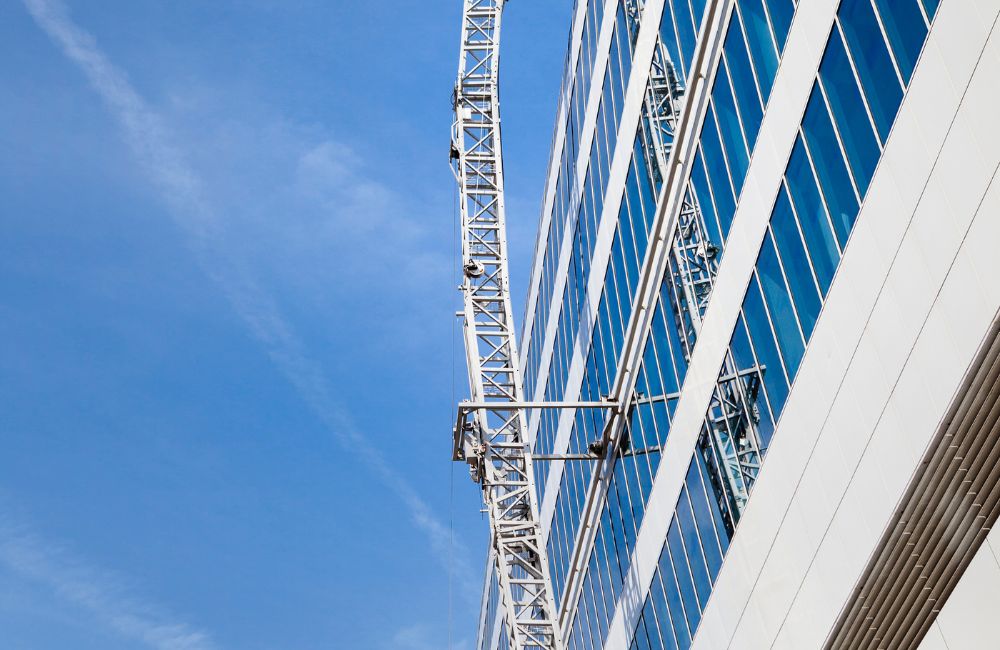
Maintaining a commercial building involves overcoming several challenges to ensure smooth operations and longevity. Here are some common issues and strategies to tackle them:
Budget Constraints
Managing maintenance budgets can be difficult, especially with unexpected repairs. Conducting regular facility assessments helps identify needs and justify expenses. Prioritizing critical maintenance tasks ensures essential systems stay operational without overspending.
Avoiding Downtime
Unexpected equipment failures can disrupt business operations. Using predictive maintenance with sensors and data analytics can anticipate problems before they occur. Timely interventions prevent extended outages and maintain continuous system functionality.
Staff Training
Proper training for maintenance staff is vital for efficiency. Regular sessions keep the team updated on new techniques and safety measures. Well-trained staff can handle routine and emergency tasks effectively, reducing errors and improving performance.
Weather Preparedness
Severe weather can cause significant damage to buildings. Implementing weather-specific preparation measures minimizes risks and ensures safety. Regularly updating emergency plans and conducting drills prepare the team for adverse conditions.
Daily Operations Management
Handling daily maintenance tasks efficiently is crucial. Prioritizing issues and maintaining electronic records streamline operations. This approach ensures timely responses to maintenance requests and improves overall building management.
Elevate Your Project with Claris Design⸱Build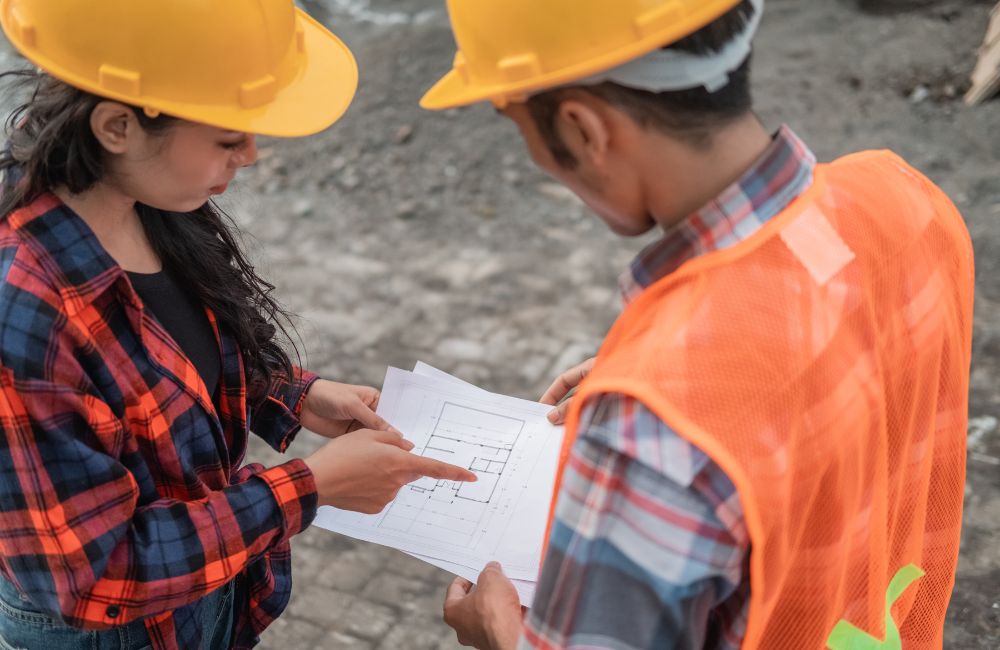
Partner with Claris Design⸱Build to turn your dream project into a stunning reality. Our team of expert architects and commercial builders excel at blending innovative design with top-notch construction. Our industry-leading Insurance Safety Modification rate of 0.87 underscores our unwavering commitment to safety. Experience the difference and let us bring your vision to life with precision, creativity, and unmatched safety standards.
Contact us today to get started!



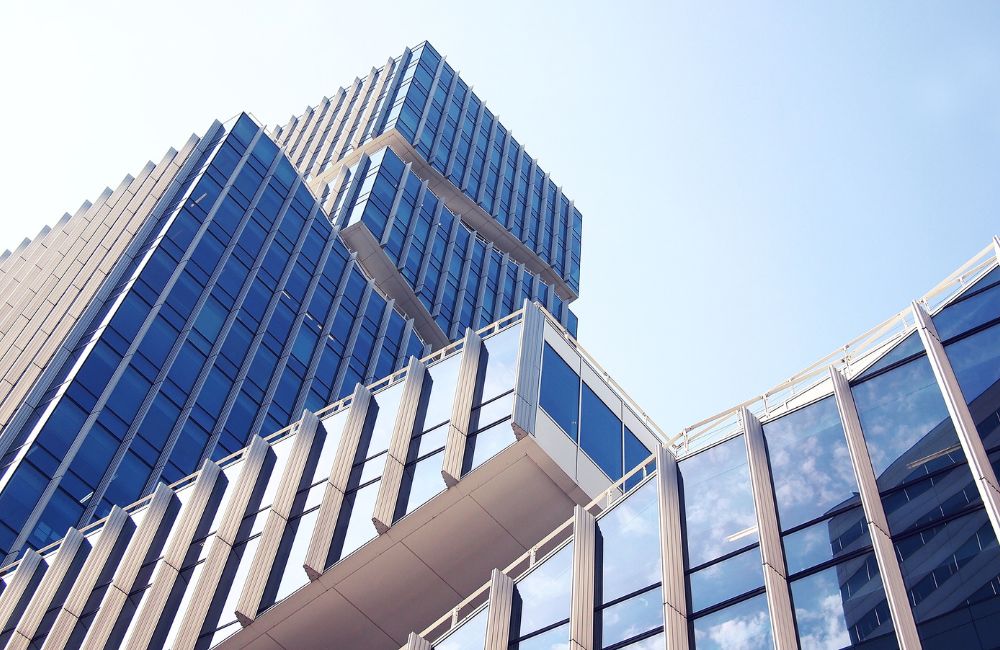
![[2025 UPDATE] Commercial Construction Cost per Square Foot in the US](https://www.clarisdesignbuild.com/wp-content/uploads/2025/04/2025-UPDATE-Commercial-Construction-Cost-per-Square-Foot-in-the-US-3.jpg)
